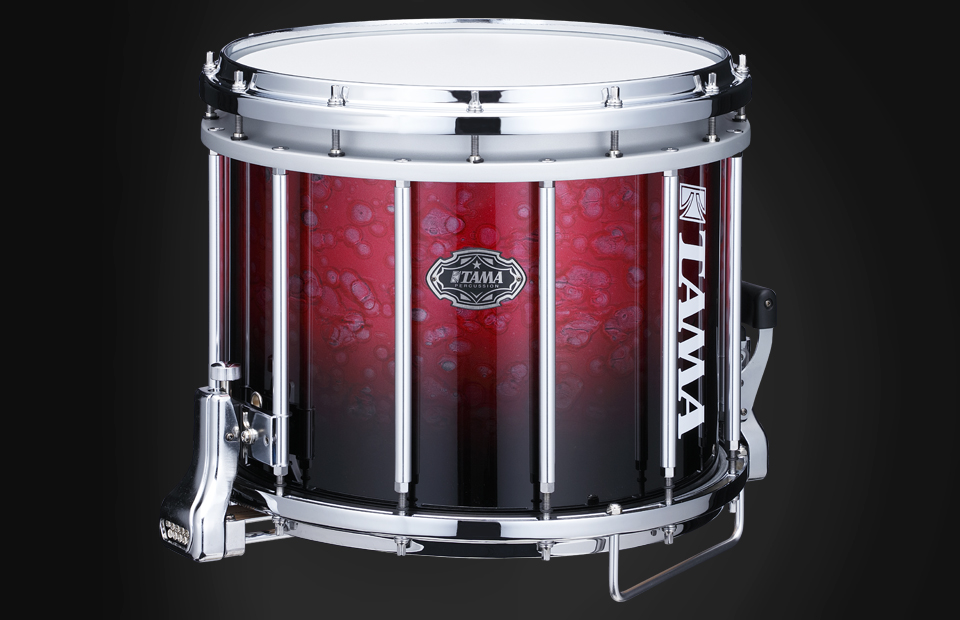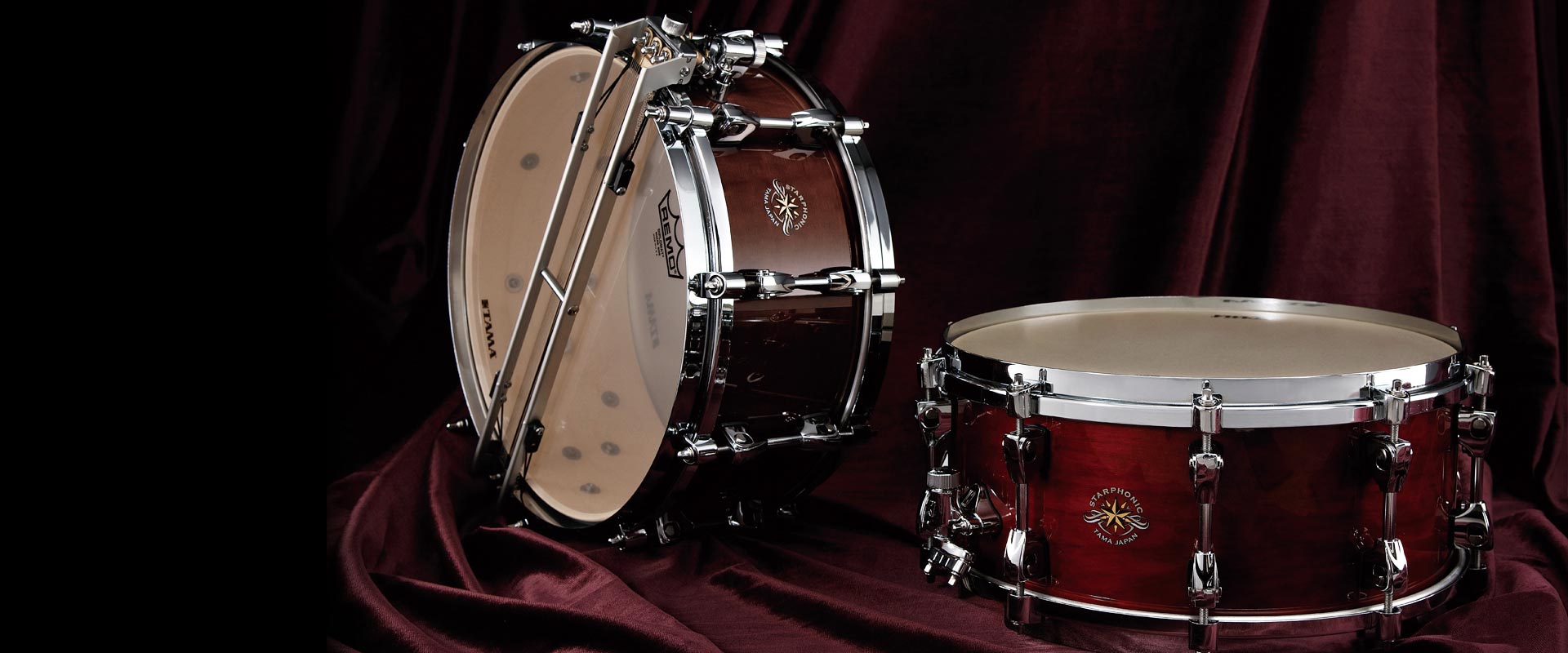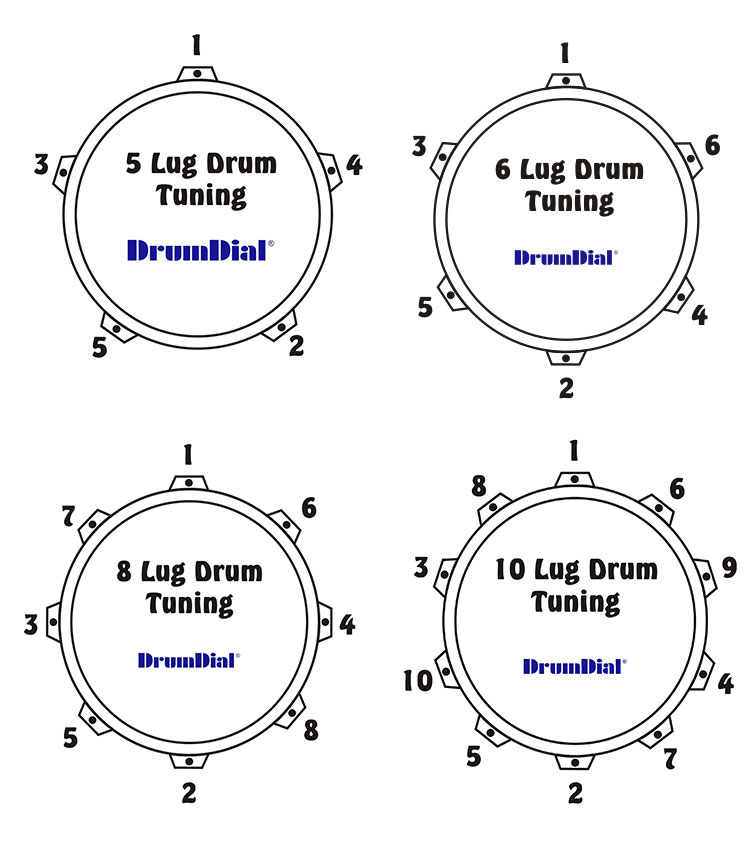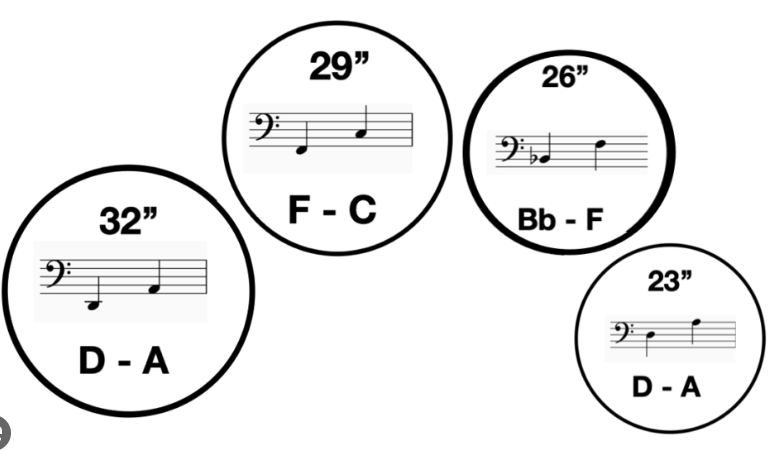Summer Learning: Snare Solo Resources

While summer is a great time to take a break, it is also one of the best times to work on your technique and take some time to learn some new solos. One of the best things you can do as a young rudimental drummer is challenge yourself by learning solos, even when you aren’t preparing something for a solo and ensemble type of event. We thought we could share some of the best solo compilation books out there that we think can fit any drummers needs no matter that level of experience. We are sure you can find a few solos in there that will challenge you over the summer months!

14 Modern Contest Solos for Snare Drum by John S Pratt
This is one of the classic and well-known rudimental snare solo books. If you have gone through any music program, you will have surely played at least one solo from this book and if not it is well worth buying and learning the solos in here. The books does have varying levels of difficulty with the solos but most are on the medium to advanced side and will offer a challenge. This book is an excellent resource for students and educators alike with solos like “Drum Corps on Parade” being on of the most played solos ever. Excellent attention is paid in this book to highlighting the various rudiments used in each solo and is a staple for work on your roll, flam, and ratamacue rudiments. A must have!

The Rudimental Cookbook by Edward Freytag
The definitive snare drum solo-method book. Includes the 26 American Standard Rudiments, the Percussive Arts Society Rudiments, an extensive list of Drum Corps Hybrid Rudiments and 25 rudimental contest solos. A must for anyone that’s serious about playing the snare drum. You can also get a downloadable version of each solo on the Rowloff website. Available for purchase directly from Rowloff.

Just Desserts by Edward Freytag
This follow-up compilation of solos to the original Rudimental Cookbook, expands on the vast array of technique and musicality you can gain from working through all these solos. One of the best aspects of this compilation is that it is fun to use some of the easier solos as sight reading practice if you are a more advanced player. This collection of 25 rudimental snare drum solos ranging from easy to extremely advanced. Includes exercises and an up-to-date, extensive hybrid rudiment list. Available directly from Rowloff.

Ziggadabuzz by Promark Artists
This compilation of solos from various Promark drumstick artists, will be challenging for students of all levels. Each solo also has some accompanying exercises that will help you master some of the more challenging sections throughout the solo. There is also a CD/DVD available with some of the artists performing the various solos for even more help on how to play and approach certain parts of each solo. The advanced level solos in this compilation will be a challenge for even the very best performers! This book can be purchased directly from Rowloff.

While there are many other solo options, we think these are great as they allow for progression from easier to advanced solos as well as some more focused attention on techniques you may need to be working on. While we don’t normally sale these books, you can find these online and order everything directly from Row-Loff productions (www.rowloff.com), with the exception of the John Pratt book which you can find at many other online sheet music retailers like JW Pepper.
We hope this will inspire you to start learning something new this summer and keep you motivated as the next school year and marching season approaches. If you have a private teacher, talk with them about learning a solo for fun and improve a little bit everyday!
And of course if you need a new pair of sticks or a new practice pad give us a call and we can give you some recommendations based on what you are working on and the school you attend. Happy practicing!









